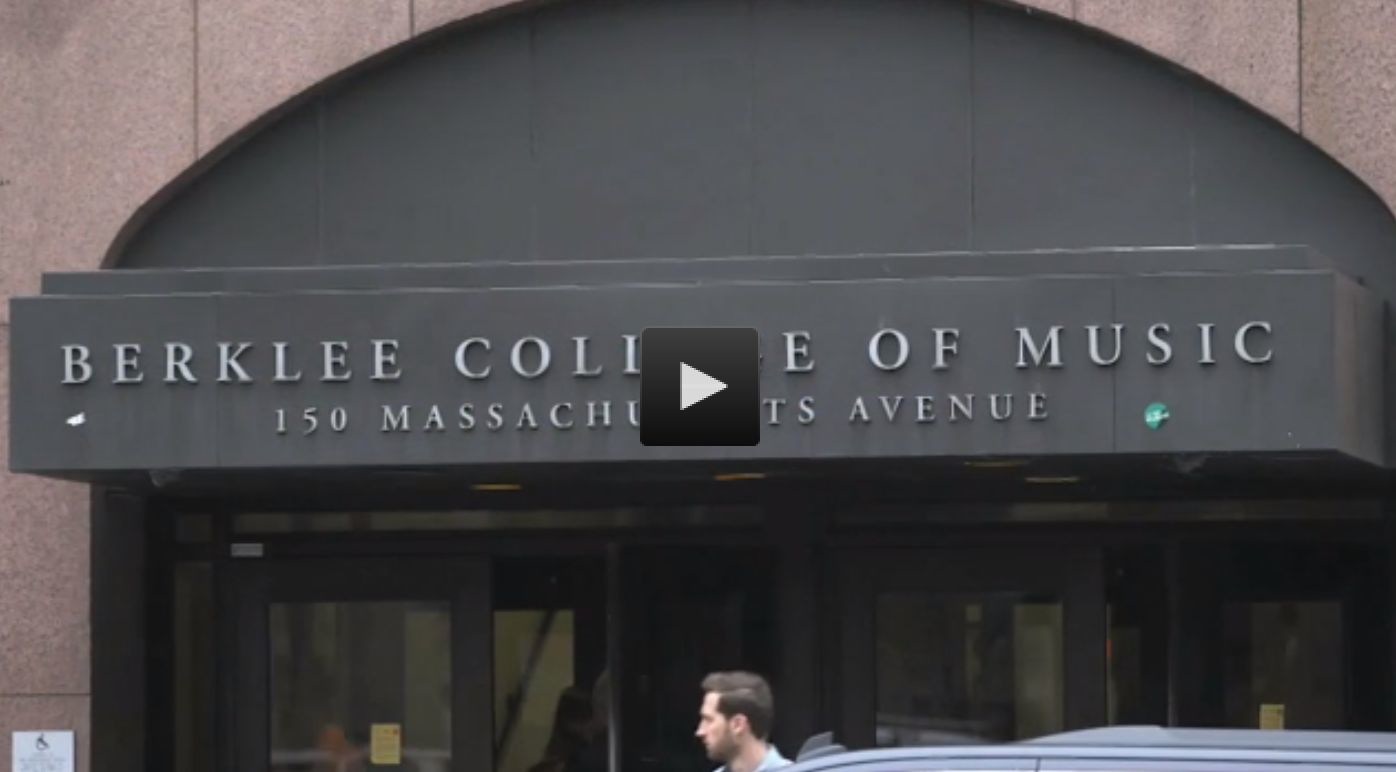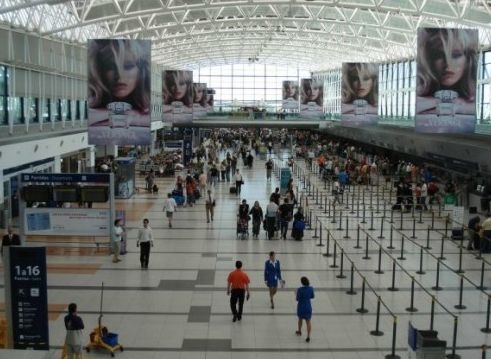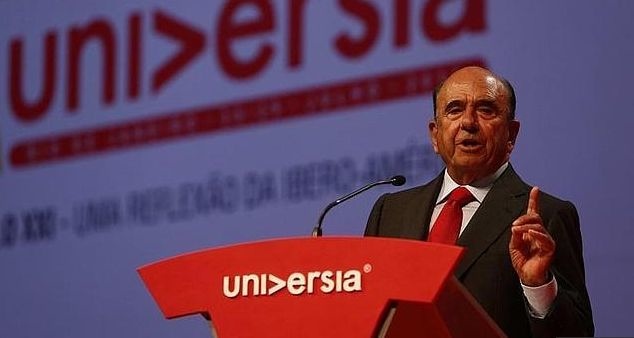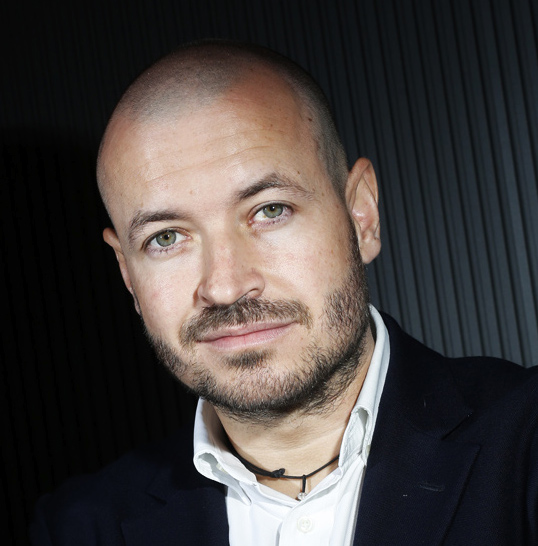Robeco and Team Brunel – Pioneers With a Passion for Data
| For Fórmate a Fondo | 0 Comentarios
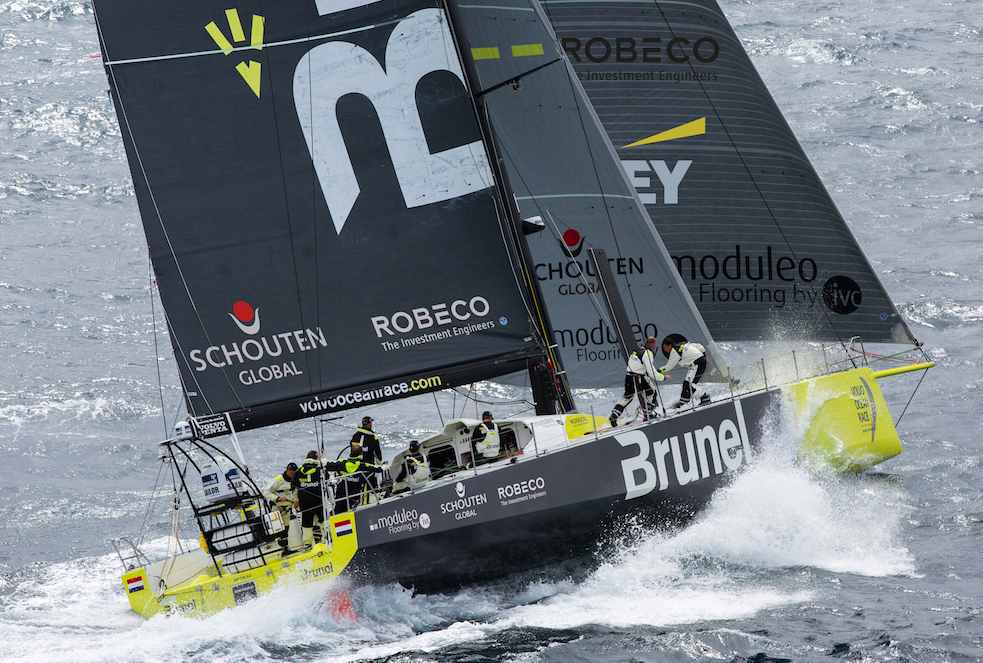
There are many such parallels between sailing around the world and successful investing. Both combine technical know-how with careful risk management. And both require teamwork to win over the long term.
That is why Robeco was delighted to become sponsor of Team Brunel, the Dutch entry in the Volvo Ocean Race 2014-15. This round-the-world race will see eight boats compete, starting out on 1 October. It will take nine months to complete this epic voyage, calling at nine stopover ports along the route.
The sponsorship is a natural fit. A pioneering spirit has long been embedded in Robeco’s DNA. We were the first to take sustainability investing seriously, among the first to invest in emerging markets and one of the original users of quantitative investing models.
Quant on the high seas
Quant expertise is also being used by Team Brunel to help with data collection and navigation, and to minimize risks. “We use quantitative analysis by collecting facts just like Robeco does before considering an investment,” says Bouwe Bekking, skipper of the Team Brunel boat. “We try to get as many facts and numbers as possible. We have to sail through 360 degrees and have to cover all the possible angles for every wind direction, each one requiring different sails.”
“There are so many angles involved when sailing over the ocean – the wind, the weather, the size of waves – that we use as many combinations of data as possible to match it to the real conditions of the day. We put it all in the model and then implement this information to predict velocities in all sailing conditions. The more combinations we can check out to see how fast the boat will go, the better.”
“Obviously the faster you go at sea, the more you need proper risk management, or the chance of you hitting an iceberg or a whale becomes very large. It’s the same with investing,” says Peter Ferket, head of equity investments. “We want to take active risks, and we look for opportunities, but at the same time risk management is key to avoiding the bad parts of the market.”
“Our quantitative investment approach is deeply embedded throughout the organization to support this. It is directly connected to the use of as much data and information as possible. But we don’t just look at a company’s past results; we regularly meet with management and look at companies’ qualitative information in order to blend insights that are both forward and backward looking.”
“We also use non-financial information in our assessment of a company to decide whether or not it is an attractive investment. Something that might look like a great opportunity on the surface needs a deeper look to avoid disappointments.”
“And we also consider environmental, social and governance (ESG) factors and quantitative analysis as risk indicators. So if a stock gets in the portfolio but drops in the ESG or quant rankings, then this is a signal for us to take a deeper look at the company.”
Coping with data in all conditions
Using quantitative and other research for risk management relies on accurate data, particularly in new terrain. This presents challenges for sailors and investors alike.
“Using data works well to sail from Alicante to Cape Town for example, but the real problem is in places like China where the data and charts are really bad,” Bekking says. “So we have to make risk calculations. For example, the draft of the boat is five metres, so we need to know how deep the water is and make calculations so that the keel is always higher.”
“The bigger problem is the weather. In the northern hemisphere the weather forecasts are really accurate and you can even plan on how the wind will change on an hour-by-hour basis. But once you get into the southern hemisphere, sailing for example from Abu Dhabi to China, models for weather forecasting are much less developed and can be completely wrong.”
“You then have to start making assessments; positioning yourself in relation to the competition but without being able to trust all the information. We have to decide: do we split from the others, and put all our eggs in one basket, or follow suit and take no risk in terms of positioning?”
It’s a marathon, not a sprint
Both Robeco and Team Brunel know that taking short cuts can be tempting, particularly if the circumstances are rough. But the Volvo Ocean Race is a marathon, not a sprint, and it is important to keep a steady hand on the tiller. This applies both at sea and in the office.
“A short cut can save you time, but you need to be aware of the risks this can entail,” Ferket says. “Typically we aim to achieve good performance in all conditions; we don’t want to be the best when markets are rallying and then the worst when they fall. We want to be the best over a long period and also do well when markets are in decline.”
“It is similar to winning the Volvo Ocean Race. It’s no good winning one leg, and then performing poorly in the next one, or not even reaching the finish line. Our goal is to deliver added value over a three to five-year horizon, which consists of many different legs in different market conditions. Being the best this year and the worst next year doesn’t work for us.”
Risk management as a life saver
And while investing can be painful at times, for Bekking careful risk management can be a matter of life or death.
“My worst nightmare is losing a crew member in a rough sea,” he says. “A boat is replaceable but a person is not. There’s not much risk of hitting something – I’ve only ever seen one whale, the first time I went round the world in 1985, but there are icebergs in the Southern Ocean, and so safeguards are in place. We just keep north of the dangerous areas; our boats now go at 30 knots and hitting something would be like driving your car into a wall at 70kph. We’d be pretty smashed up.”
“We have tried to find the limits of this particular boat, as it’s a new design and all the safety margins have been set way higher than for the last one. And we’ve tested the crew, of course, to see how the new guys cope. Once we start racing, we will push even harder, and so any problems found beforehand will help us. We’re really looking forward to the race.”

